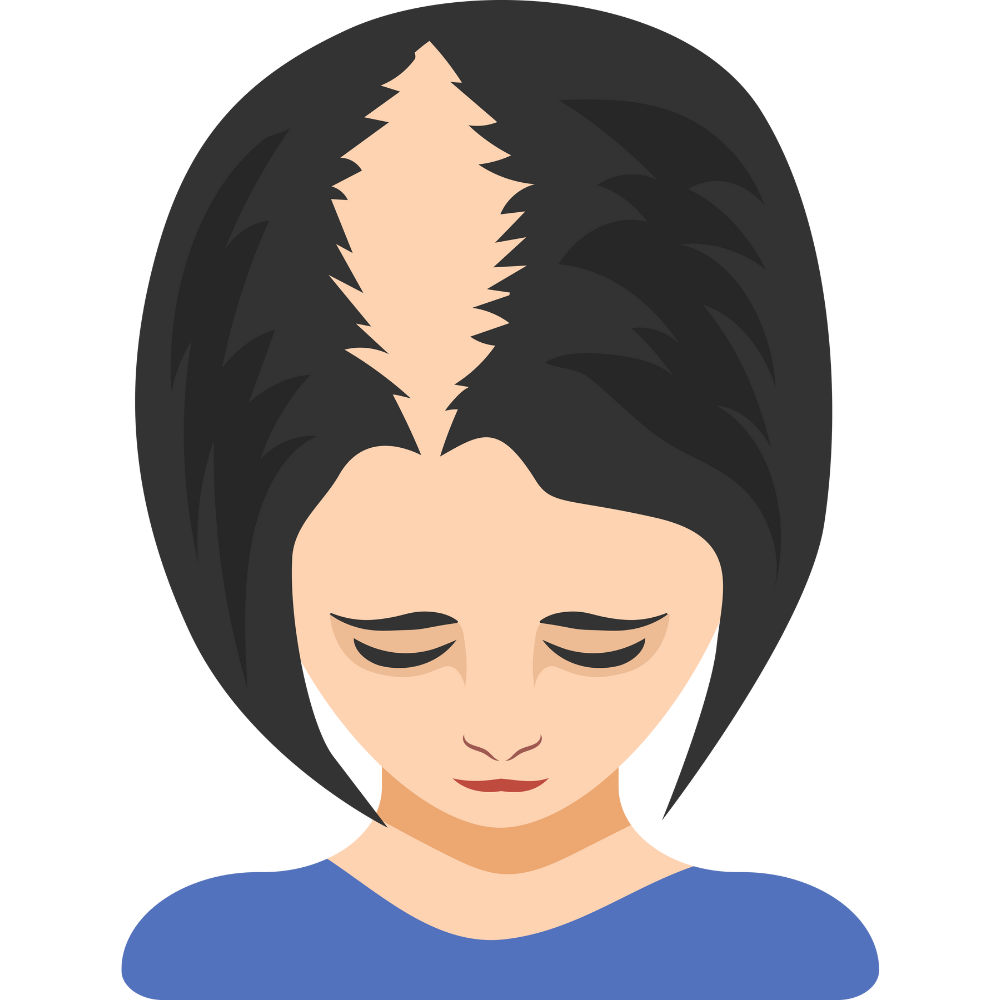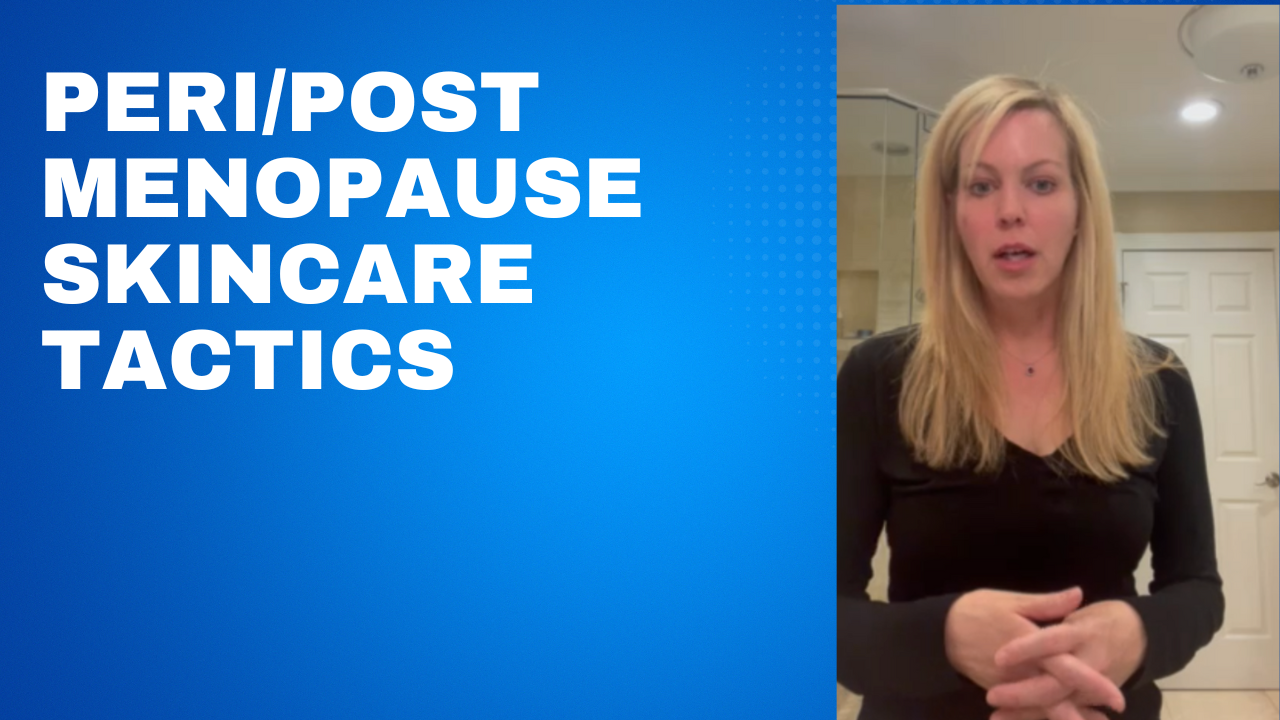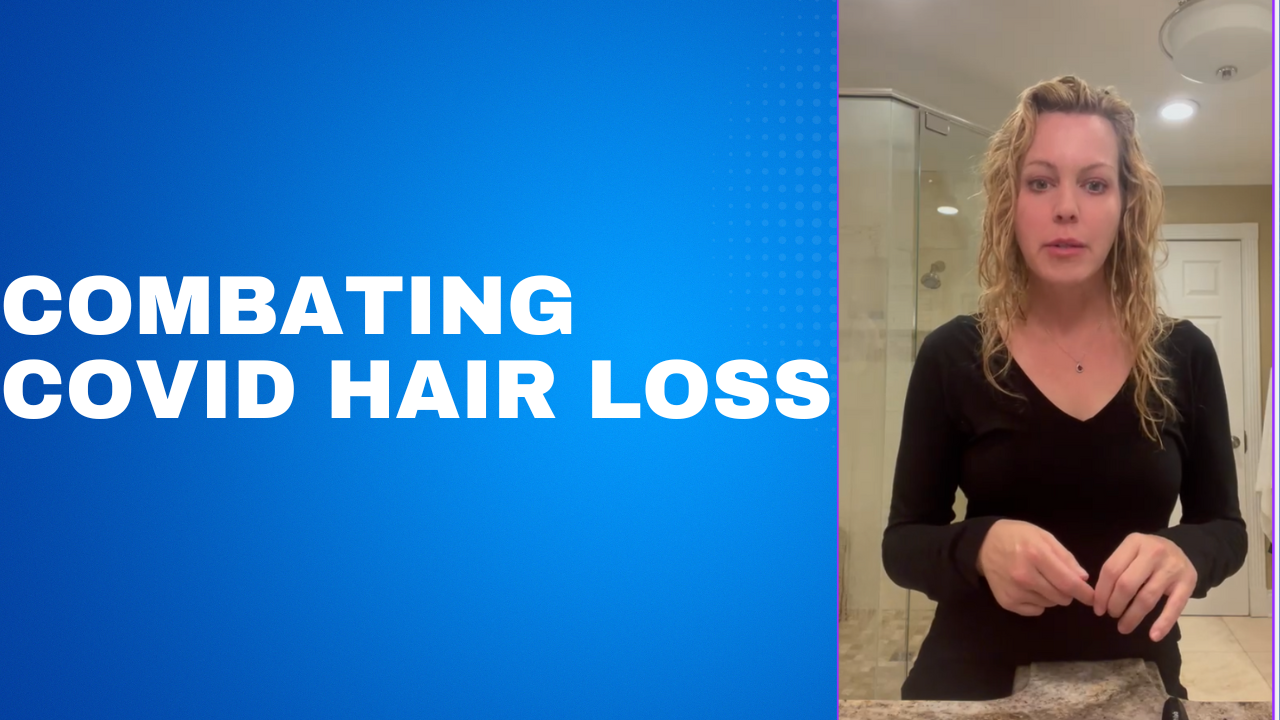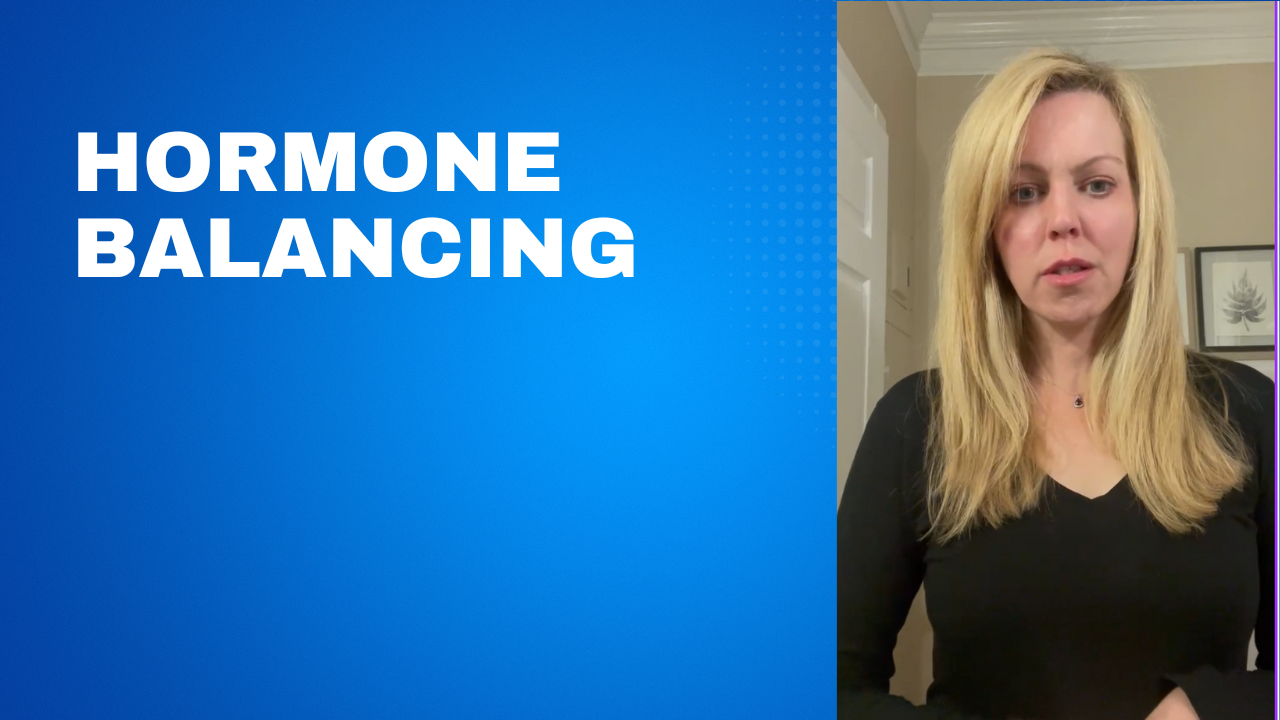7 Common Reasons for Hair Loss in Women: A Comprehensive Guide
Introduction: The Reality of Hair Loss in Women
Hair loss is not just a men's issue; it's a concern that affects many women as well. Understanding the underlying causes can be the first step toward effective treatment. We'll explore the seven most common reasons for hair loss in women and offer insights into diagnosis and treatment options.

1. Androgenic Alopecia: The Hereditary Factor
What is Androgenic Alopecia?
Androgenic Alopecia, also known as Female Pattern Hair Loss (FPHL), is hereditary. It affects approximately 30 million American women, making it the most common cause of hair loss.
The "Christmas Tree" Pattern
The hair loss usually starts at the top of the head or at the part. The pattern often resembles a Christmas tree with thinned-out branches, making it distinct from male pattern baldness.

2. Physical Stress or Shock: The Temporary Setback
The Impact of Physical Stress
Physical stressors like significant weight loss, childbirth, or surgery can lead to a condition known as telogen effluvium, a temporary form of hair loss.
The Aftermath
During these stressful periods, you might notice increased hair shedding, evident when brushing your hair or finding more inches on your pillow.
3. Hormonal Changes: The Balancing Act
Conditions Leading to Hormonal Imbalance
Polycystic Ovary Syndrome (PCOS) is one such condition that can lead to hair loss due to hormonal imbalances.
Birth Control and Hair Loss
Stopping certain birth control pills can also cause a temporary hormonal imbalance, leading to hair loss.
4. Medical Conditions: Beyond the Scalp
Thyroid and Anemia
Conditions like thyroid problems and anemia can disrupt the hair growth cycle, leading to hair loss.
Autoimmune Diseases
Autoimmune diseases like lupus can also cause hair to fall out.
5. Medications: The Unintended Side Effect
Chemotherapy and Hair Loss
Chemotherapy drugs are notorious for causing hair loss as they target all rapidly dividing cells, including hair follicles.
Other Medications
Blood thinners and antidepressants can also have hair loss as a side effect
6. Hair Care: The Double-Edged Sword
Overuse of Hair Products
Excessive use of hair products or tools like dryers can damage the hair and lead to hair loss.
Chemical Treatments
Chemical treatments like coloring or perming can weaken the hair structure, leading to hair loss.
7. Nutritional Deficiencies: The Missing Link
Iron, Zinc, and Biotin
Deficiencies in these essential nutrients can lead to hair loss.
Conclusion: The Path to Treatment
If you're experiencing hair loss, it's crucial to consult a healthcare professional for a proper diagnosis and treatment plan. Sometimes, hair loss can be reversed or slowed down with the appropriate treatment.
Footnotes










